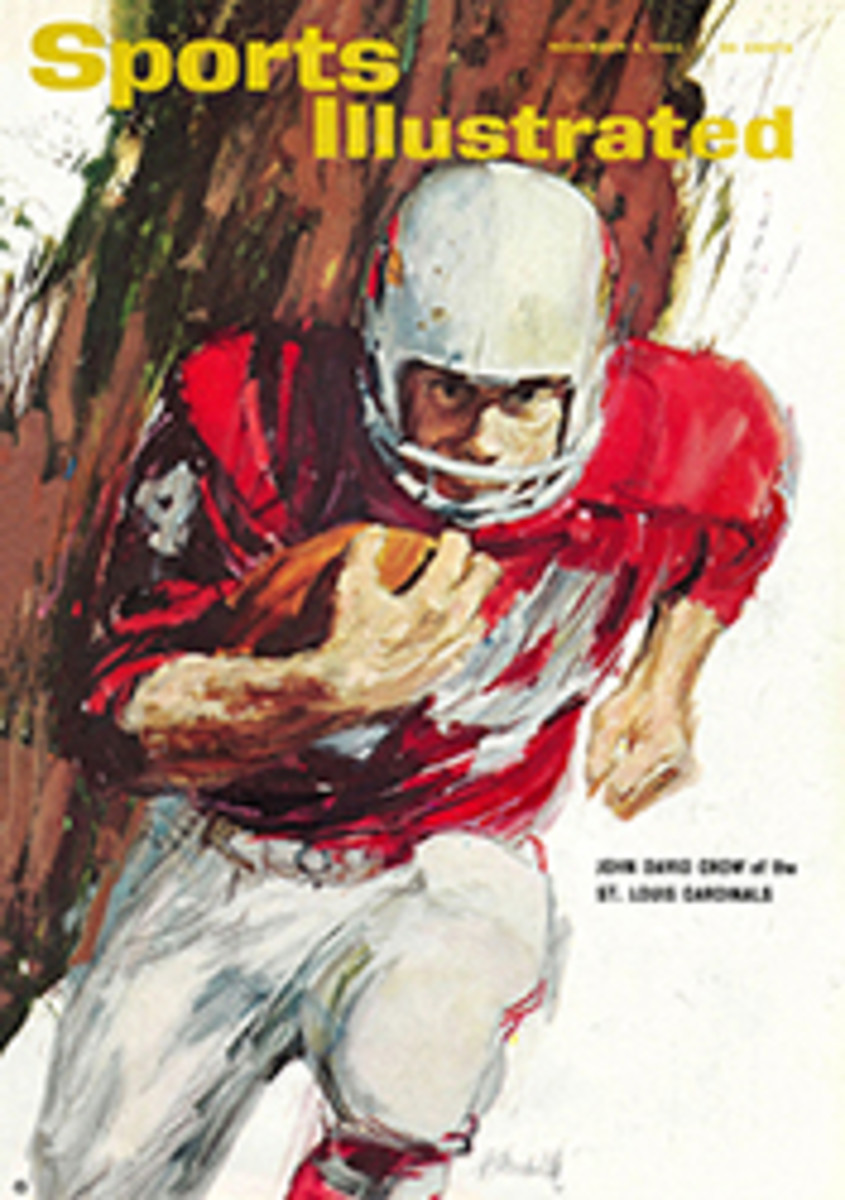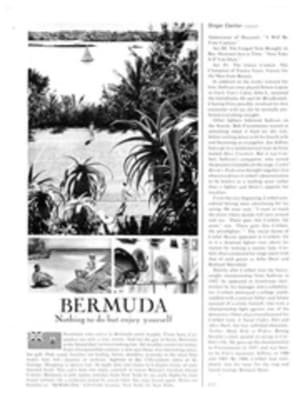
UGLIEST, CHEAPEST AND BEST IN THE WORLD
It was the ugliest land-speed vehicle ever seen at the Bonneville Salt Flats—a monster built in a junk-littered Akron garage by a self-educated hot rodder. Beside Craig Breedlove's sleek three-wheeled jet racer, Spirit of America, it looked as ungainly as a garbage truck. By contrast with Donald Campbell's multimillion-dollar British Bluebird, it was built for nickels and dimes. But for Arthur Eugene Arfons of Akron's Pickle Road his appropriately named Green Monster was purely lovely.
Last week Arfons slipped into a worn black leather motorcycle jacket, fired up his jet engine and in that bargain-counter machine became the world's fastest man on wheels. His exhilarating two-way average speed was 536.71 mph—142 mph faster than the record of Britain's John Cobb, which lasted from 1947 to 1963; 102 mph better than his own short-lived mark of three weeks before; and 10 mph beyond the Breedlove record (SI, Oct. 26), set only 12 days earlier, which had seemed safe at least until Bonneville's 1965 season.
Arfons will almost certainly remain on top for many months. Two days after his feat, rain fell on the fiats, presaging the winter season of storms that puts the speed strip under water. Once thoroughly wet, the salt surface will be unusable until next summer's sunshine bakes it dry and smooth. Poised for an 11th-hour assault was Art Arfons' brother, Walt, with Wingfoot Express (SI, Oct. 12), but as a sort of Harold Stassen of the jet set—bringing too little too late—he faced prohibitive odds. Breedlove's Spirit had crashed, of course, and the new superjet he envisions is two years away.
Art Arfons is of a breed dear to the American heart—the poor-boy-who-makes-good-on-his-own. His achievement is the more remarkable for its audacity. In this sophisticated age we have grown accustomed to technical advances as the product of lavishly financed research teamwork. Arfons thought Green Monster out for himself, and he built it of scrap.
A tall, smiling 38-year-old of Greek descent, Arfons has always been a special kind of hot rodder. He hit the drag strips 10 years ago—not with automotive power but with the punch of a P-38 fighter engine—then haunted surplus yards for bargain buys in jet engines. For years Bonneville regarded him as a shoestring sort with as much gall as go.
This year Arfons happened upon a mighty, 17,000-pound-thrust GE J79 engine which, as he puts it, had been "surplused by mistake" by the Air Force in Miami. It had come from an F-104 tighter, and its only defect was slight damage to 65 of its 1,000 or more turbine blades. It had cost the Air Force approximately $175,000. Arfons picked it up for $5,000, straightened the dented blades and cast about for a way to test it. Lacking funds for anything more, he lashed it with one-inch cable to two trees outside his corrugated-iron garage and shook the neighborhood with a fine healthy blast.
Firestone chipped in with wheels and tires costing some $50,000—a paltry sum alongside the half million dollars Shell Oil and Goodyear invested in Breedlove. There was a smidgen of help from the STP fuel-additive people, and there was also some free aluminum from Alcoa. The total cost to Arfons himself was not more than $10,000.
With bits and pieces of salvage Arfons assembled the chassis and controls revealed in the cutaway drawing below. Then he loaded the Monster into a nondescript bus—also reclaimed from the scrap heap—and headed west. Arfons had to wait until his brother's car had performed. When it came his turn, he easily beat Walt's 413 mph with runs averaging 434. The next day he blew his right rear tire trying for 500. "Darn it," he said, "what counts is who's ahead when the season ends. Breedlove can beat me. If he does I'll be back."
Breedlove did beat him. Back came Arfons and his ugly beauty. His first day was "rough." "I felt," he said, "like I was riding up and down on a washboard. My crew told me they could see 10 inches of daylight under me. It felt like 10 feet."
The following day Arfons said he had no intention of shooting for a record. After a "disappointing" warmup at 463 mph he was glum. But then he screamed through the measured-mile at 515.98. "The course," he said later, "was all chopped up from Breedlove's runs. We found the smoothest part, but I still bounced up and down like a yo-yo. I knew I'd have to hit 550 or better on the return, because sure as shootin' I wasn't going to make another trip if I could help it." He was worried, too, about his engine's "tremendous torque reaction to the right," which put great stress on his right rear tire, where he had the blowout before. He reckoned he would have to take advantage of the extra power of his afterburner to reach record-breaking speed.
On the return run, flame and smoke from the afterburner blackened the white spume of salt rising high behind the Monster. Cutting in the afterburner felt "like a swift kick in the pants and everywhere else," but Arfons had his reccord—he clocked 559.179 mph on this second run. He also had two frightening mishaps. Just past the measured mile that worrisome right rear tire popped, and Arfons was on three tires and a naked rim. Then one of the two eight-foot braking parachutes ripped free. If the other had not held, Arfons would have rocketed into a dangerous off-course morass.
"The first time my tire went I was too busy to be scared," he said. "This time I managed to be scared to death." His fright soon evaporated. His thin wallet potentially fatter by $75,000 from endorsements and appearances, the scavenger king of the salt flats began scheming how he might rig the Monster to break Bonneville's 720-mph sound barrier—and wondering how he might get his hands on the Air Force's rocket-sled research for a few tips.
ILLUSTRATION
DAN TODD
Schematic drawing of the "Green Monster" reveals the magnitude of its GE J79 jet engine and discloses: (1) simple tubular frame, (2) sliding engine mount to cope with heat expansion, (3) disc brake, (4) self-adjusting airfoil to keep nose down, (5) cockpit, situated beside engine, with raked seat, aircraft-derived steering wheel and brake and throttle pedals, (6) fuel tank, (7) air-speed sensor and (8) one of twin eight-foot braking parachutes.
1
2
3
4
5
6
7

